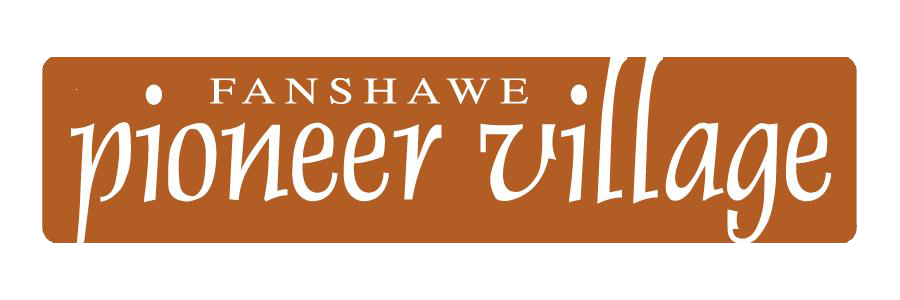London Brewery
Replica Building
London, Ontario
Built 1967
Representative of the original 1828 London Brewery
This building is a replica of the 1828 London Brewery. It was built in 1967 by Labatt Breweries of Canada to commemorate the Canadian Centennial. Historians, architects, and builders, hired by Labatt Breweries, spent two years researching the building to ensure it was an accurate replica. In October of 1993, the building was relocated from in front of Labatt’s London location to the Village, with the help of students from fraternities and sororities at Western University. Upon arrival at the Village, the building underwent restorations, and opened to the public in October 1994.
John Balkwill opened the London Brewery on Simcoe Street in 1828 and produced 400 barrels of beer a year, much of which was sold through his own tavern. In 1847, Samuel Eccles purchased the operation. Eccles later partnered with his friend, John Kinder Labatt, who had trained as a brewmaster in England. The brewery did well under Labatt and in 1853, he bought Eccles’ shares to become the sole owner. With production now at 4,000 barrels a year, and a new name— John Labatt’s Brewery— the business was poised to exploit the arrival of the Great West Railway and expand into Toronto, Montreal, and other markets.
Prohibition came to Ontario in 1916 and lasted until 1927, but John Labatt Ltd. was one of a handful of breweries to come through the dry spell with the same ownership. London was also home to the original Carling Brewery founded in the 1840s.
Brewing
Hops were an early cash crop in London Township, but production soon exceeded the demands of local breweries, leading to the formation of the London and West Nissouri Hop Growers Association.
By 1914, 13,000 people were working within 250 factories in London, including breweries. Local brewers thrived in the 19th and early 20th centuries as alcohol became a driving force in the creation of local culture and the economy. The large quantities of grain produced on Canadian farms were not easy to transport or store so many turned to distilleries to brew it and sell it. Alcohol was served at most social functions including work bees, elections, and dances. By the end of the 1800s alcohol consumption was on the rise, which in turn led to the growth of the Temperance Movement.
Building restoration supported by Labatt Breweries of Canada.











